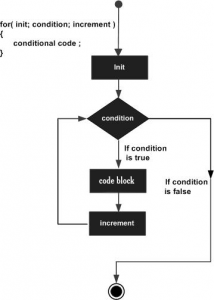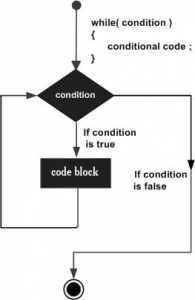Creation and use of strings in C++
C++ provides following two types of string representations:
-
The C-style character string.
-
The string class type introduced with Standard C++.
The String Class in C++:
The standard C++ library provides a string class type that supports all the operations mentioned above, additionally much more functionality. We will study this class in C++ Standard Library but for now let us check following example:
At this point, you may not understand this example because so far we have not discussed Classes and Objects. So can have a look and proceed until you have understanding on Object Oriented Concepts.
#d6d6d6;">#include#include using namespace std; int main () { string str1 = "Hello"; string str2 = "World"; string str3; int len ; // copy str1 into str3 str3 = str1; cout "str3 : " str3 endl; // concatenates str1 and str2 str3 = str1 + str2; cout "str1 + str2 : " str3 endl; // total lenghth of str3 after concatenation len = str3.size(); cout "str3.size() : " len endl; return 0; }
When the above code is compiled and executed, it produces result something as follows:
#d6d6d6;">str3 : Hello str1 + str2 : HelloWorld str3.size() : 10
Credits:



